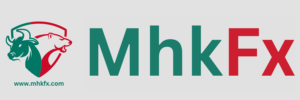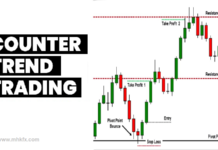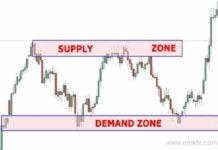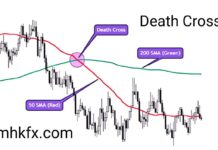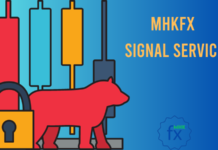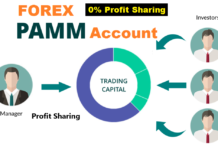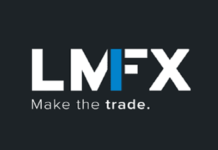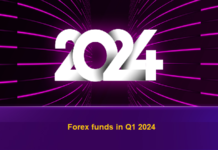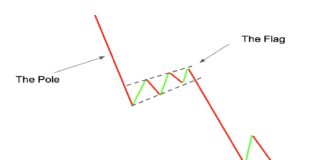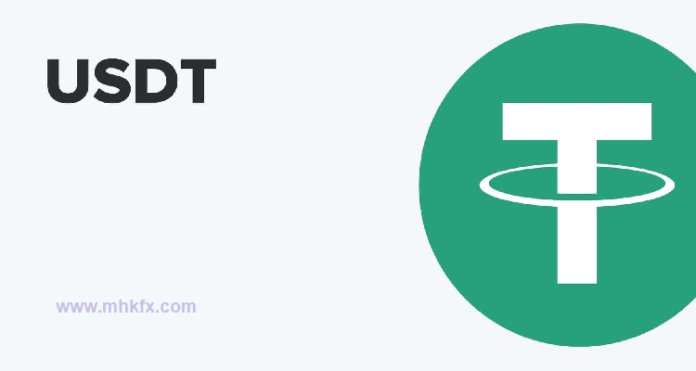
In recent years, the cryptocurrency market has experienced exponential growth, accompanied by an influx of stablecoins aiming to provide stability in a notoriously volatile environment. Among these stablecoins, Tether (USDT) has emerged as a dominant force, facilitating transactions and serving as a bridge between traditional fiat currencies and digital assets. However, as USDT’s prominence continues to rise, so too does regulatory scrutiny, sparking concerns about its impact on the broader crypto ecosystem.
USDT, pegged to the value of the US dollar, has cemented its position as the most widely used stablecoin, with a market capitalization surpassing tens of billions of dollars. Its popularity stems from its perceived stability and liquidity, making it a preferred choice for traders and investors seeking to hedge against market fluctuations without exiting the crypto space.
Despite its widespread adoption, USDT has faced persistent allegations of opacity and lack of transparency regarding its reserves. Unlike some other stablecoins that undergo regular audits to verify their backing, Tether has been criticized for its opaque reserve practices and its failure to provide conclusive evidence of full dollar backing for every USDT in circulation. These concerns have fueled skepticism among regulators and market participants alike, prompting calls for increased oversight and transparency.
The recent surge in regulatory scrutiny can be attributed to several factors. Firstly, the sheer size of the USDT market has raised eyebrows among regulators, who fear that its collapse or insolvency could have systemic implications for the broader financial system. With billions of dollars’ worth of USDT in circulation, any disruption to its stability could send shockwaves through global markets, prompting regulators to closely monitor its operations.
Secondly, the opaque nature of Tether’s reserves has fueled suspicions of market manipulation and fraud. Allegations of Tether’s involvement in artificially inflating the prices of Bitcoin and other cryptocurrencies through the issuance of unbacked USDT have prompted regulatory agencies to launch investigations into its activities. While Tether has vehemently denied these allegations, the lack of transparent auditing has only served to deepen regulatory concerns.
Moreover, USDT’s centralization has raised questions about its compliance with anti-money laundering (AML) and know-your-customer (KYC) regulations. Unlike decentralized stablecoins that operate on blockchain networks without a central authority, Tether is issued and controlled by a single entity, Tether Limited. This centralized control has drawn scrutiny from regulators, who argue that it undermines the fundamental principles of decentralization and poses risks to financial stability.
In response to mounting regulatory pressure, Tether has taken steps to address concerns surrounding its operations. In 2021, Tether reached a settlement with the New York Attorney General’s office, agreeing to pay an $18.5 million fine and to provide regular disclosures of its reserves composition. While this settlement marked a significant milestone in Tether’s efforts to improve transparency, questions linger regarding the adequacy of its reserves and the extent of its compliance with regulatory requirements.
Looking ahead, the regulatory landscape for stablecoins, including USDT, remains uncertain. Regulators worldwide are grappling with the challenge of balancing innovation with investor protection and financial stability. While some advocate for stringent regulations to mitigate risks associated with stablecoins, others argue that excessive regulation could stifle innovation and hinder the growth of the crypto market.
The intensifying regulatory scrutiny surrounding USDT underscores the need for greater transparency, accountability, and regulatory oversight in the stablecoin market. As regulators seek to safeguard the integrity of the financial system, market participants must remain vigilant and demand greater transparency from stablecoin issuers. Only through collaboration between regulators, industry participants, and stakeholders can the crypto market evolve into a more transparent, resilient, and trustworthy ecosystem.
Read more: Traders Demand Transparency in Forex Spread
